Last month Colleen Dilenschneider and the folks at IMPACTS Experience provided an analysis of exhibit and performing arts audiences from the perspective of age. (sub required)
It will come as no surprise that older generations (GenX, Boomer, Silent) participate more relative to their representation in the general population than Millennials and Gen Z. Similarly, Boomers and Silent Generation are more likely to be members of an arts and cultural organization relative to their representation in the general population.
What I found interesting was their analysis of the average age of attendees with memberships vs. non-members. For exhibit based entities, botanical gardens had the largest delta with 13 years between the average of 57 for members and 44 for non-members. Members of other exhibit based entities ranged in average age of 38-45. Average age for non-member attendees to art, natural history, science museums was 8-9 years. For history, zoos, aquariums it was 4-6 years.
Children’s museums were the only outlier in that non-members were on average 1 year older than members. That’s understandable given younger people tend to have kids who visit children’s museums.
For live events, symphony members were 57 on average while non-members were 48. Live theater had the biggest delta with members at 48 and non-members at 37. All other live performance had members at 46 and non-members at 36.
While I am really summarizing the data since they don’t permit reprinting their charts, this can begin to give a bit of a baseline against which to compare your organization’s internal data about members and non-members.
As colleagues like Ruth Hartt have pointed out, you can’t build a marketing plan around targeting demographics because you have no idea WHY people are deciding to participate.
The IMPACTS data notes that a sense of belonging and supporting the mission are among the top two responses people given when asked what the primary benefit of being a member/subscriber is. The younger a person is, the more importance they place on these two elements.
Both tend to be more important to members of exhibit based organizations rather than performance based organizations. The IMPACTS folks suggest this may indicate there is benefit for performing arts organizations to remind people they are supporting a unique mission in the community.
It’s not binary – members want to feel like “insiders” at the organization … but they also want to know that their memberships are making a difference. Today’s members may be primarily transaction-motivated or mission-motivated, but members are increasingly identifying as both. Smart cultural organizations provide members with the opportunity to know that they are bettering their communities by helping to support an organization’s mission.

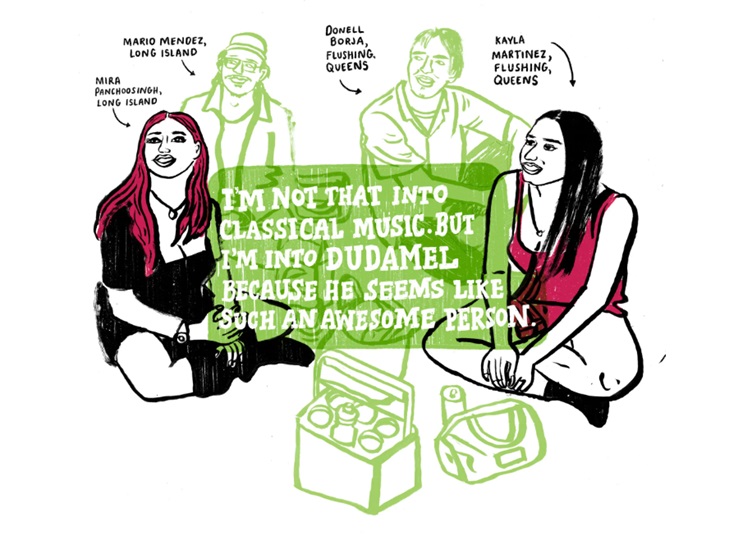
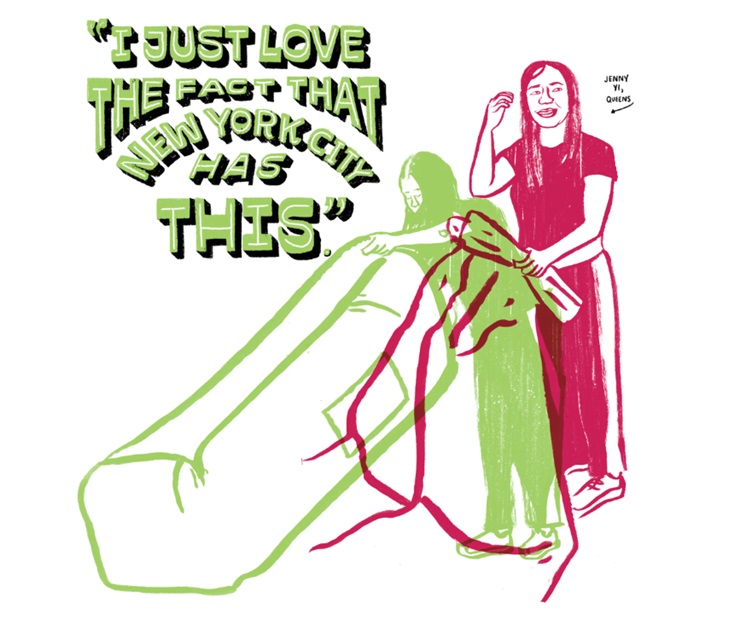
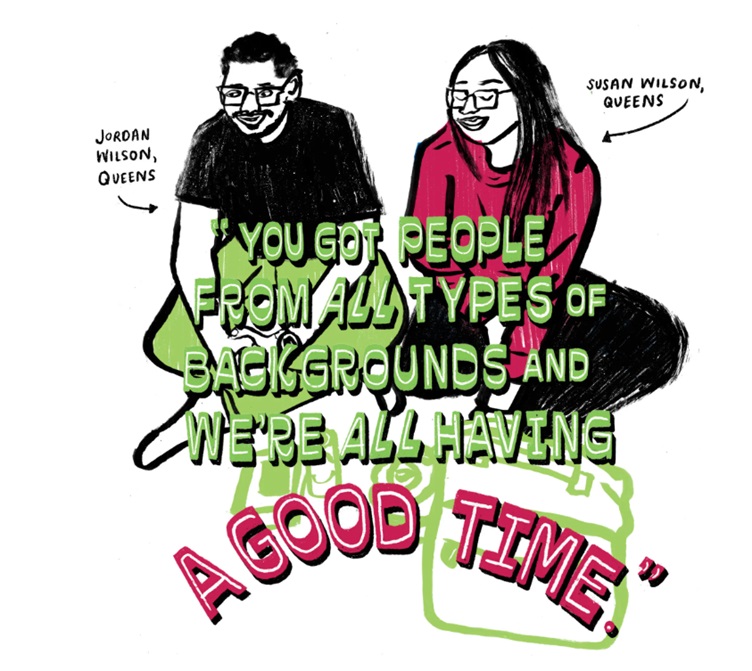
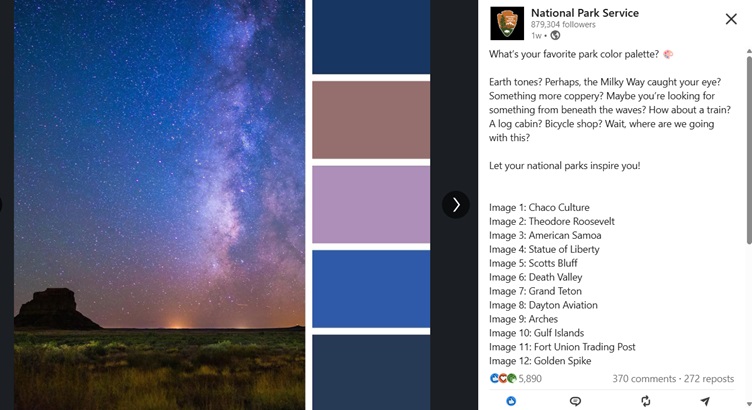
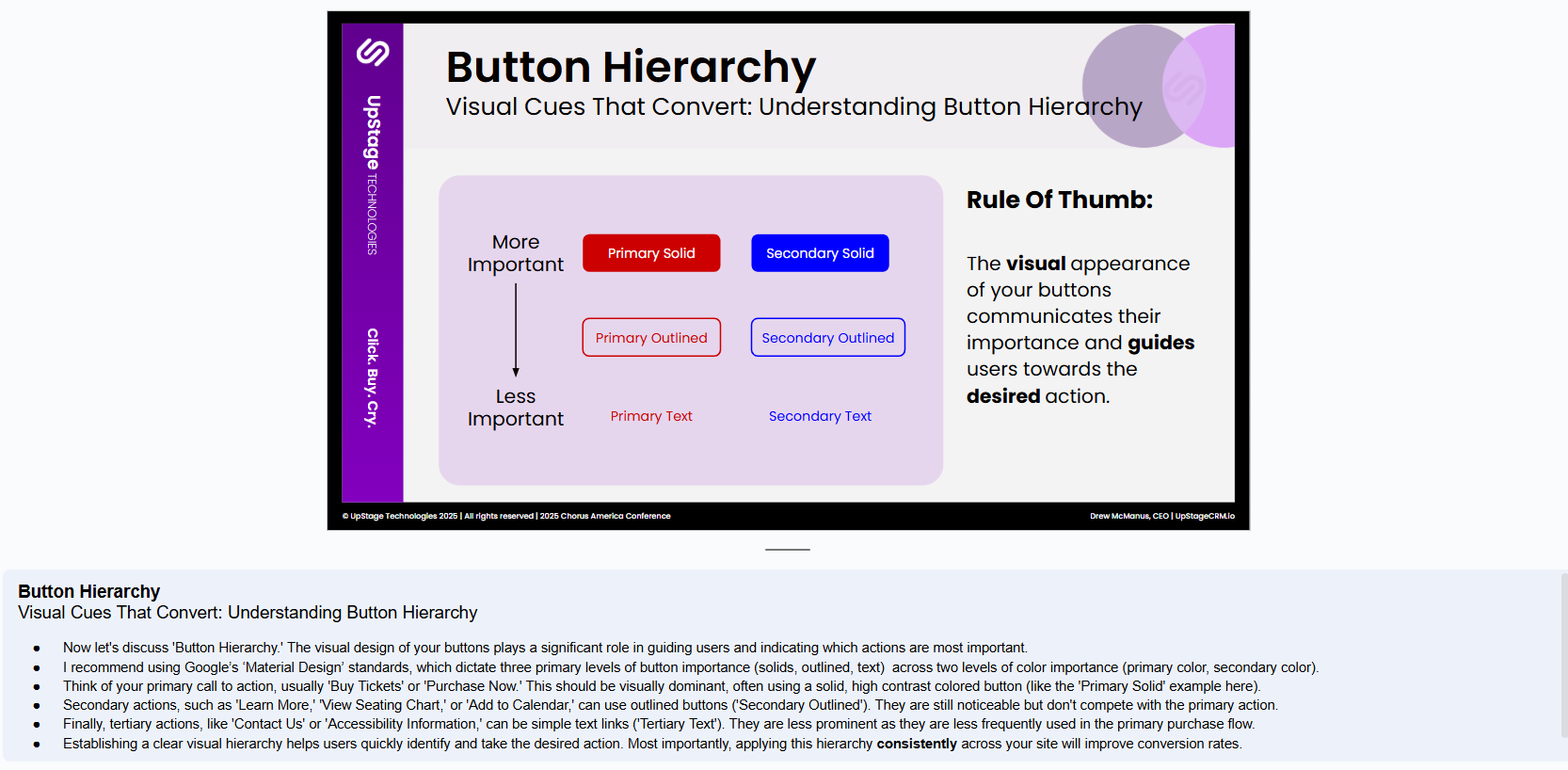
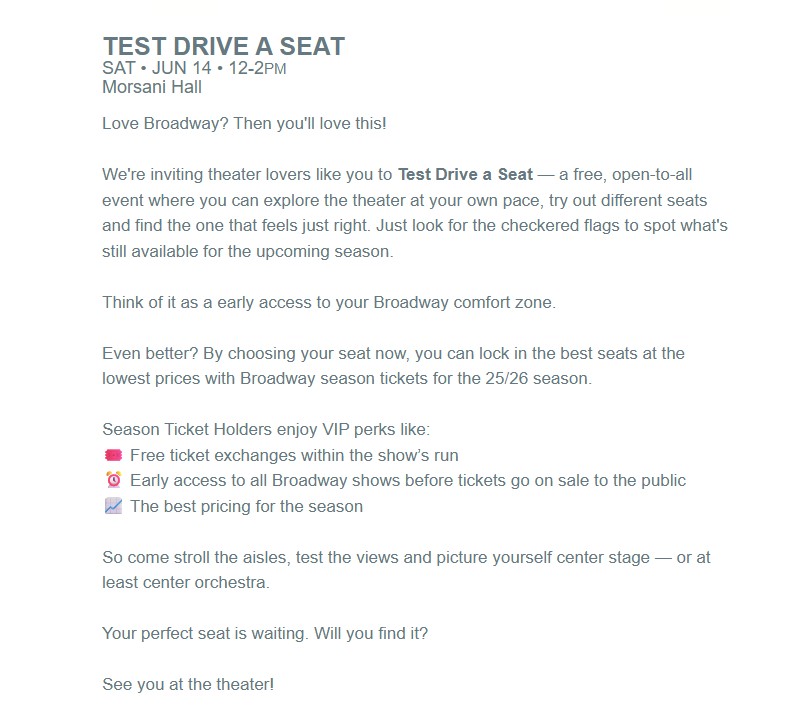
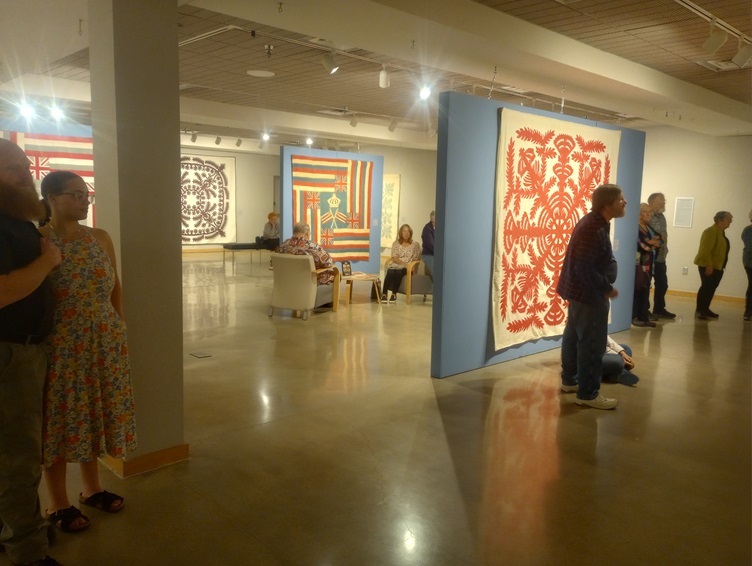
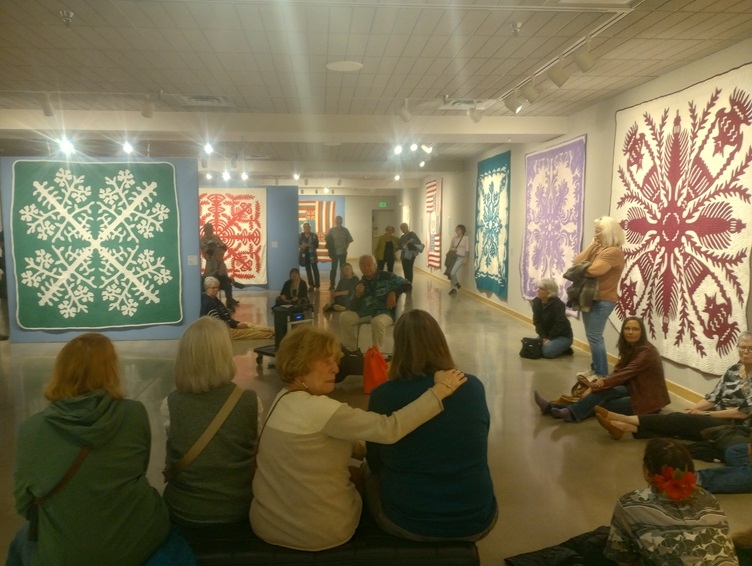

I've been to a few of the Science on Tap events, though I never gave a talk at one of…